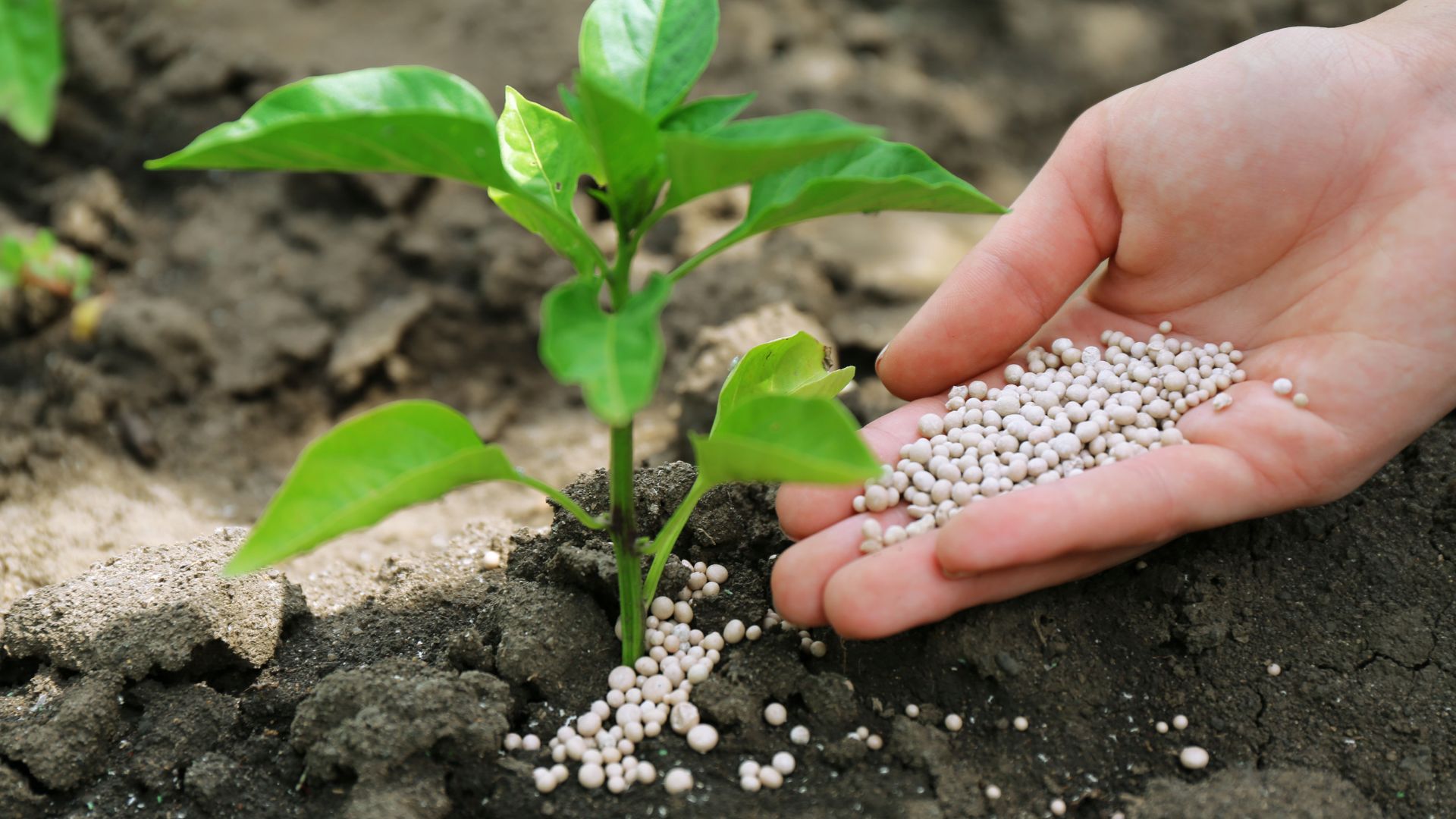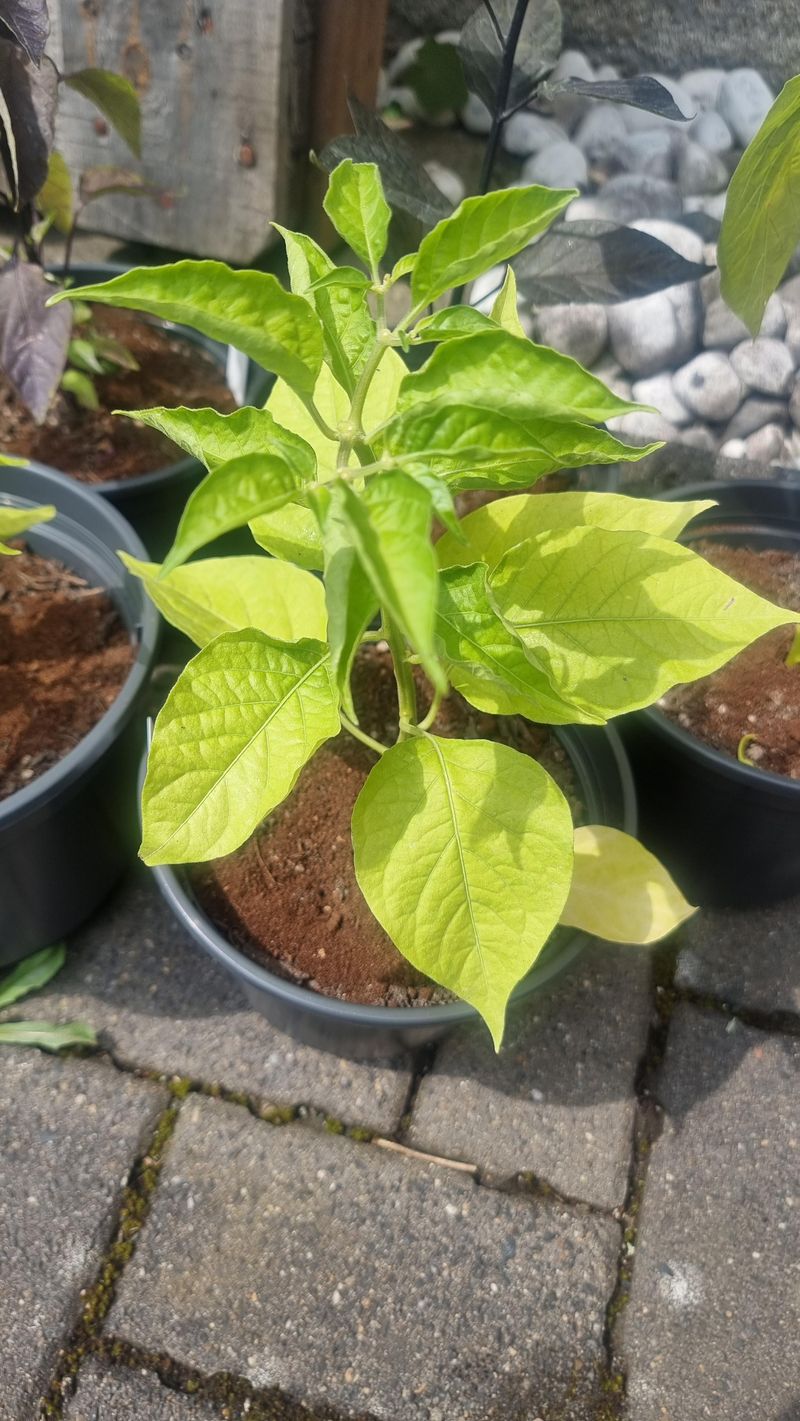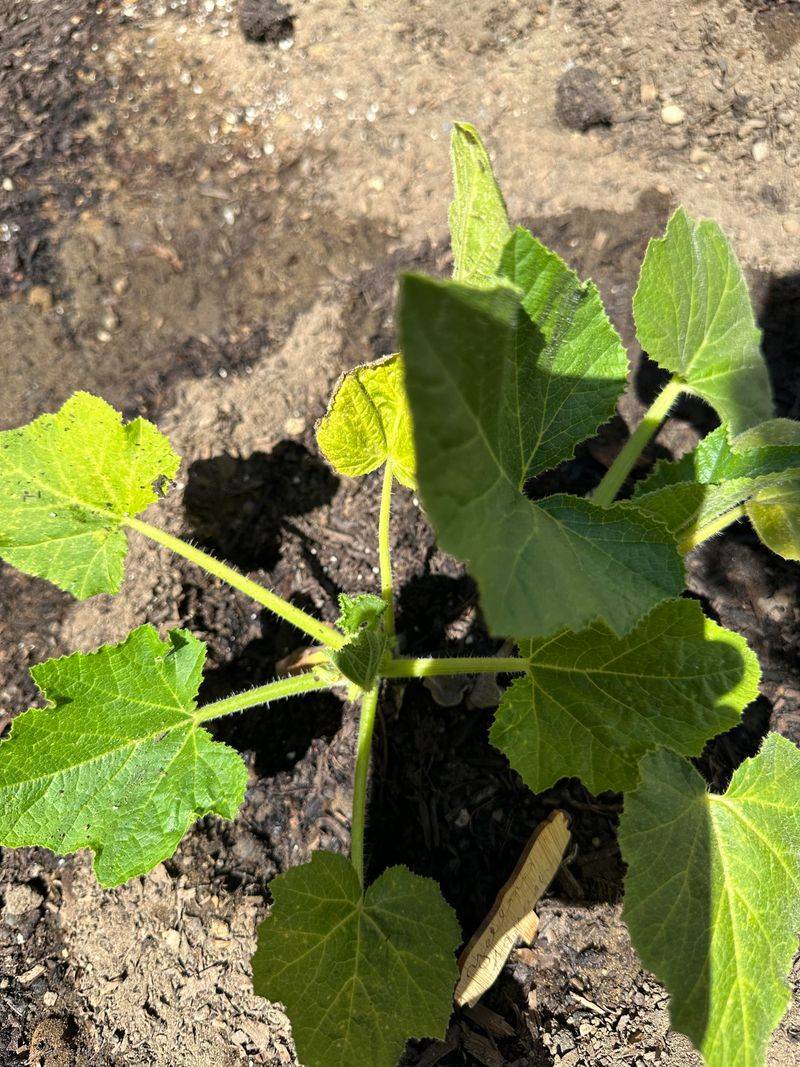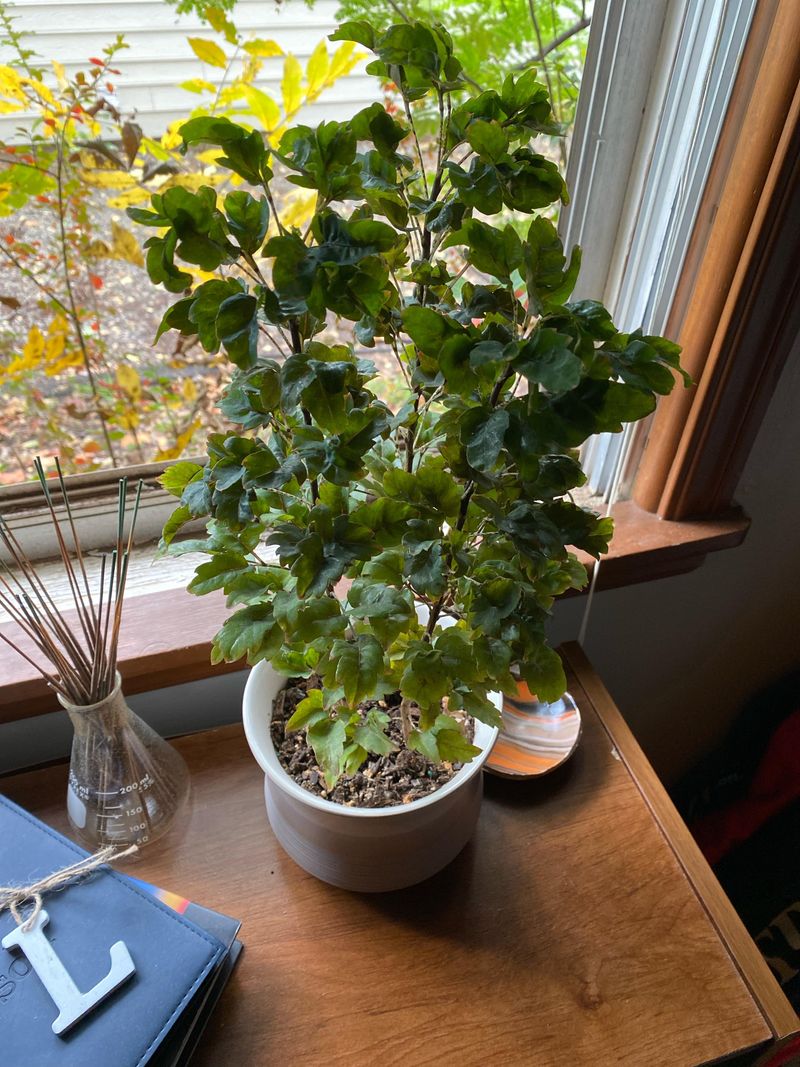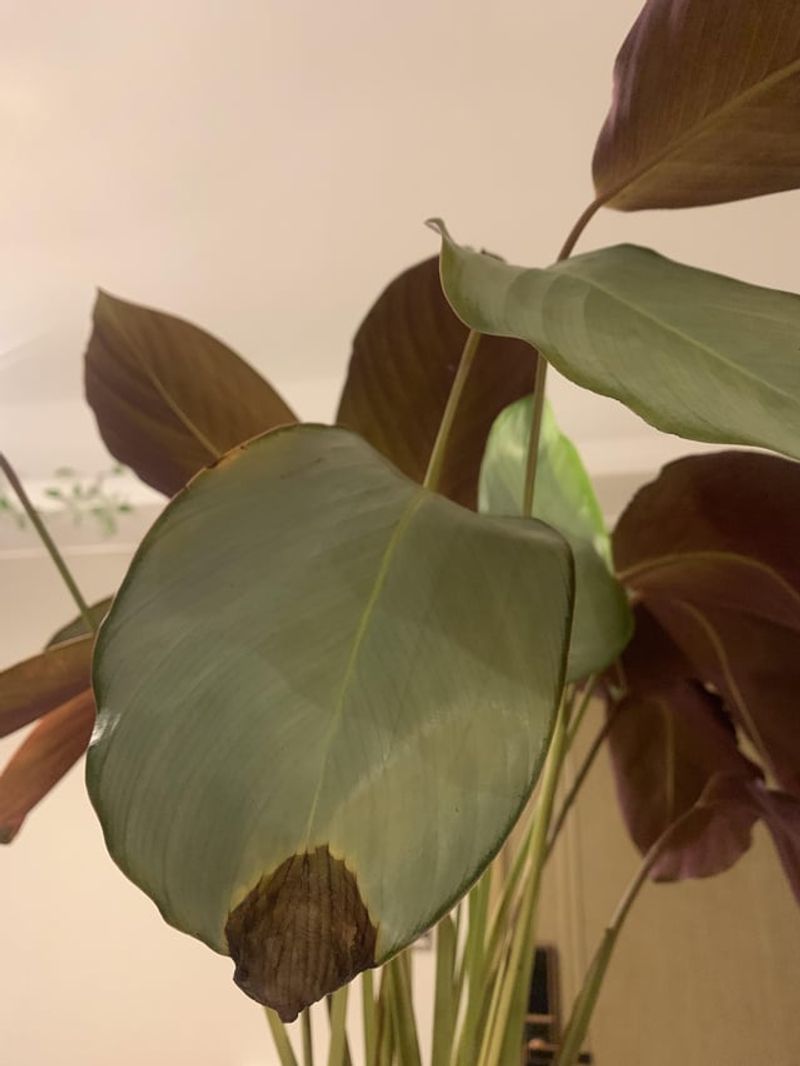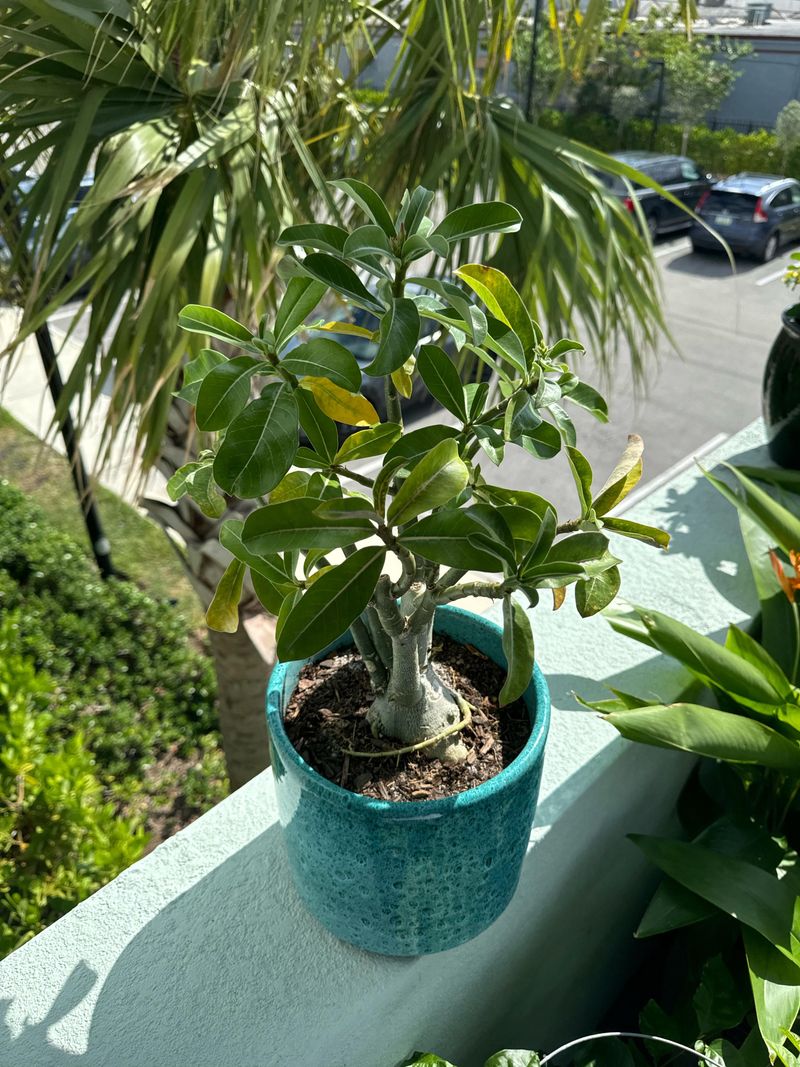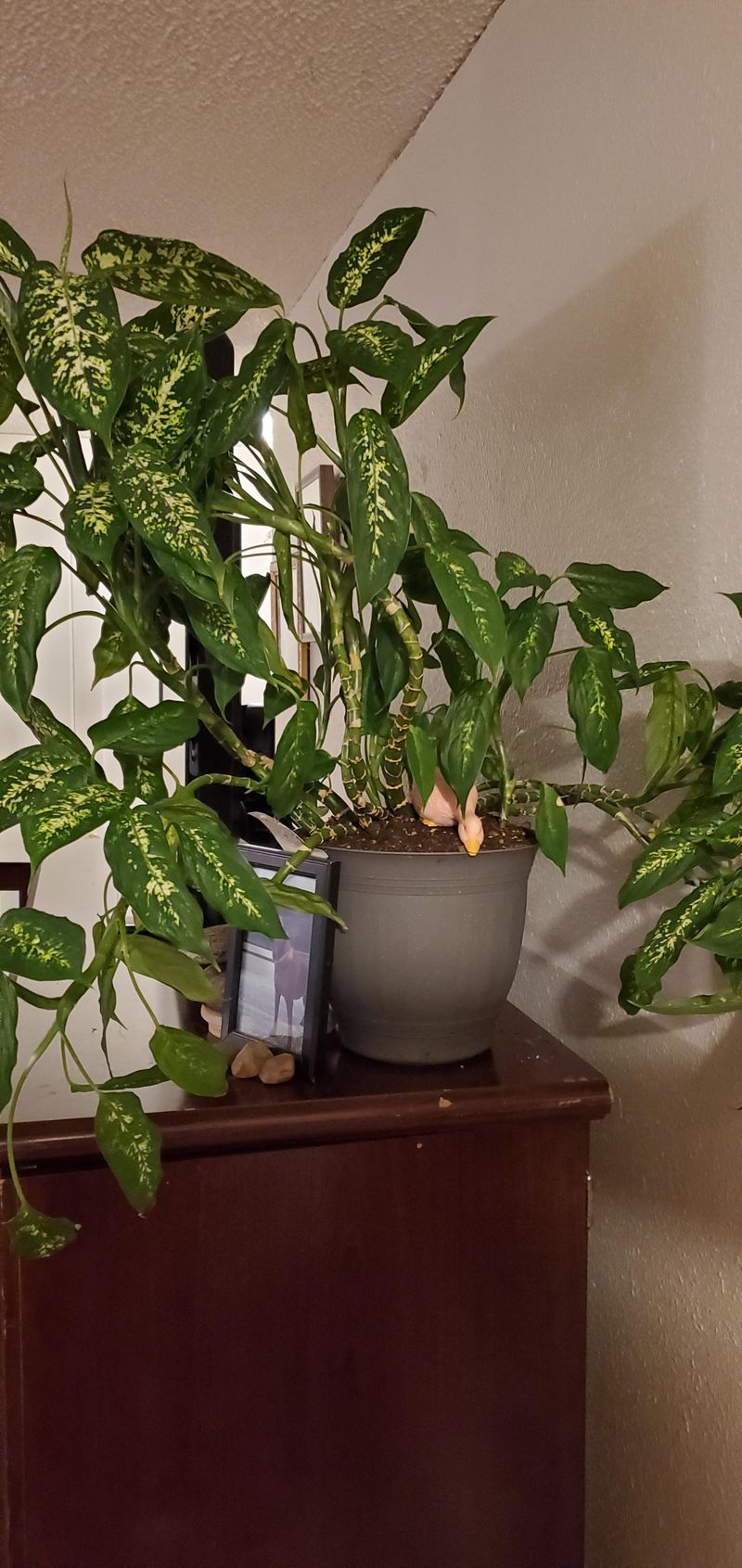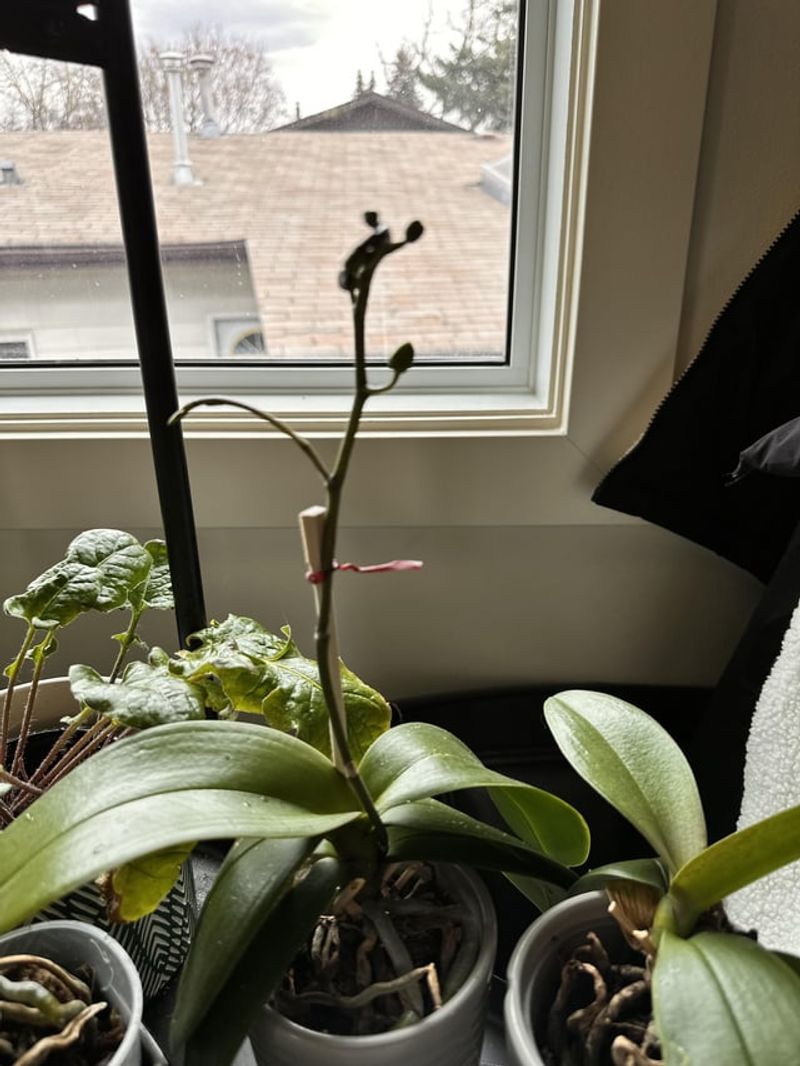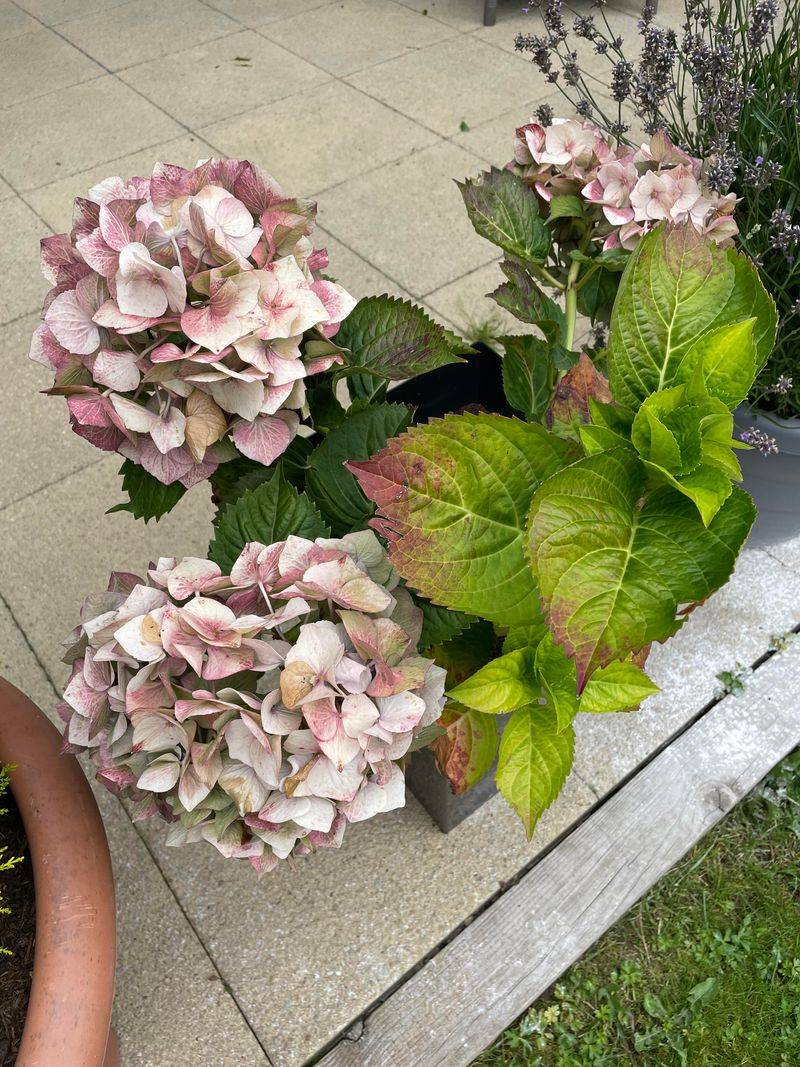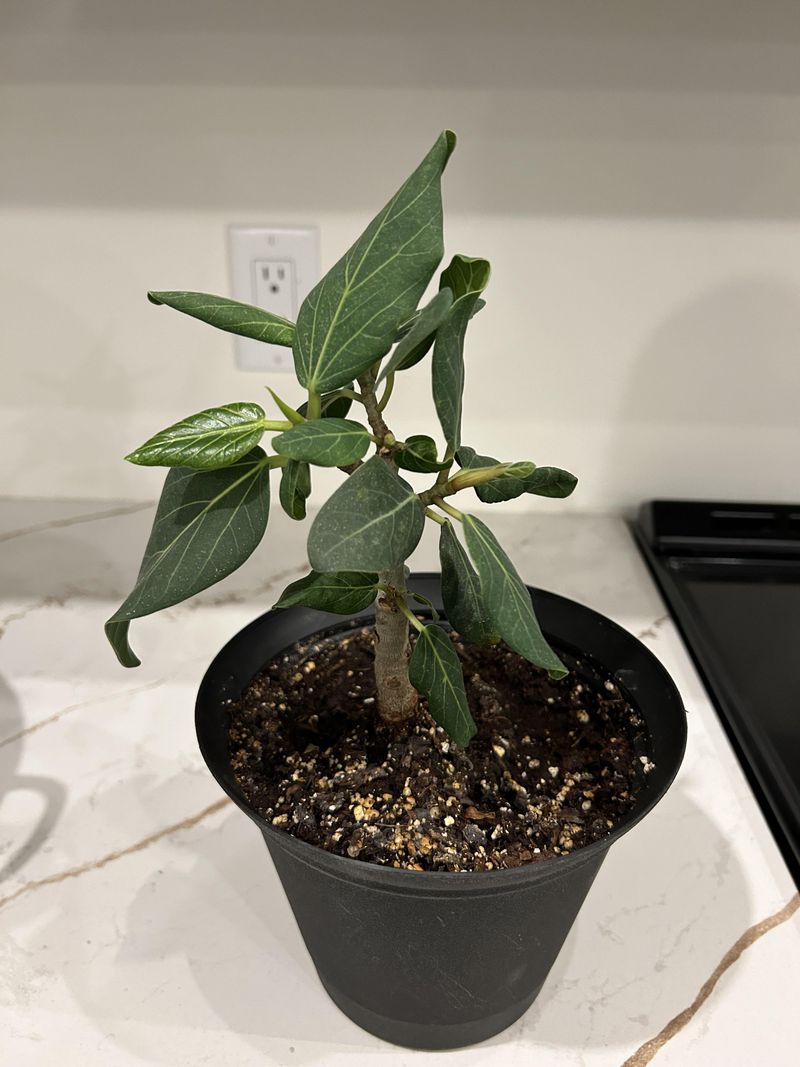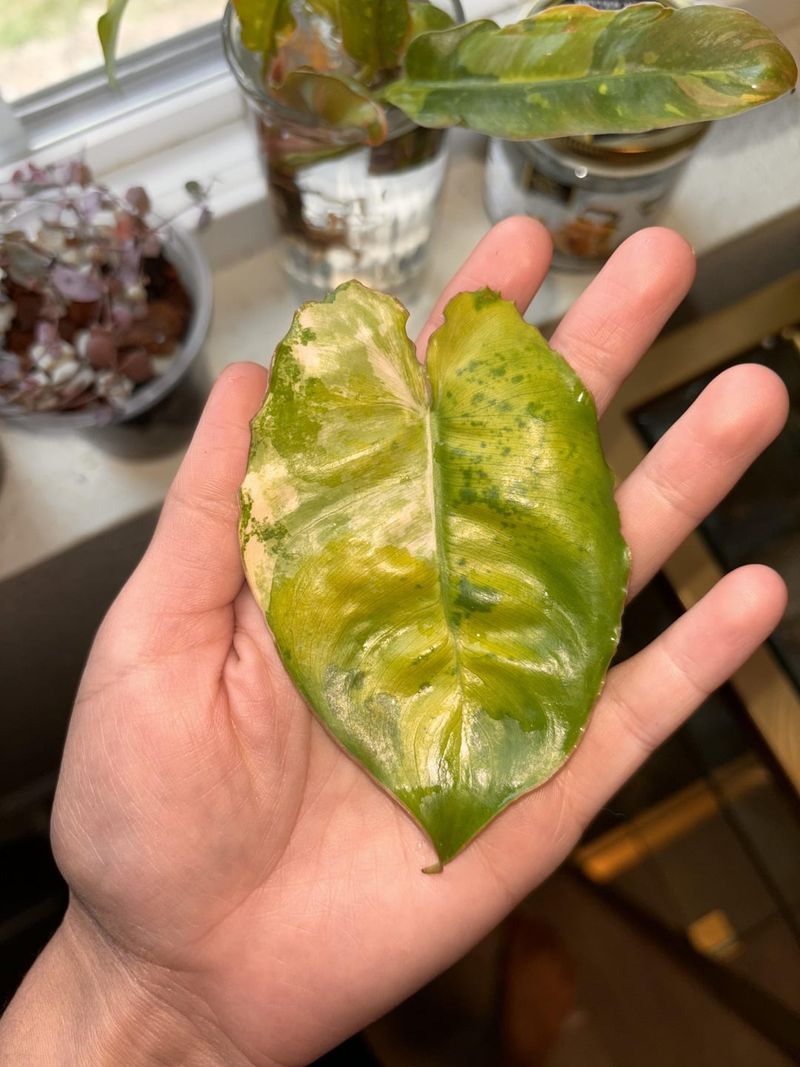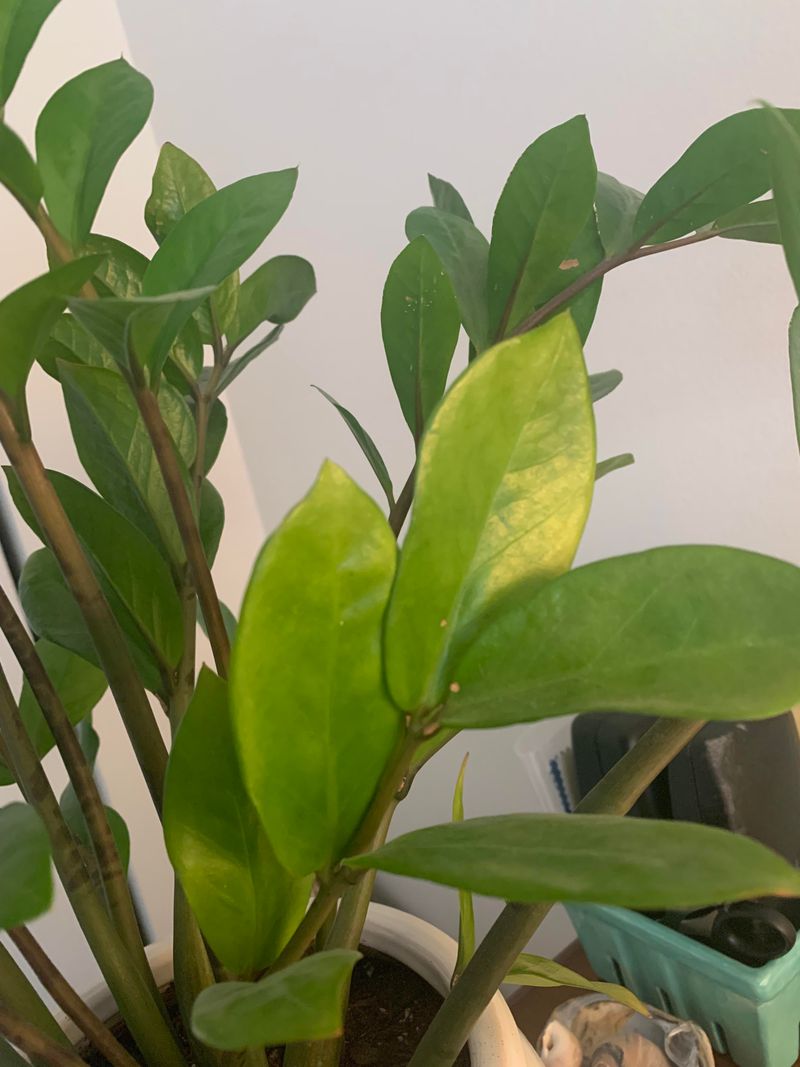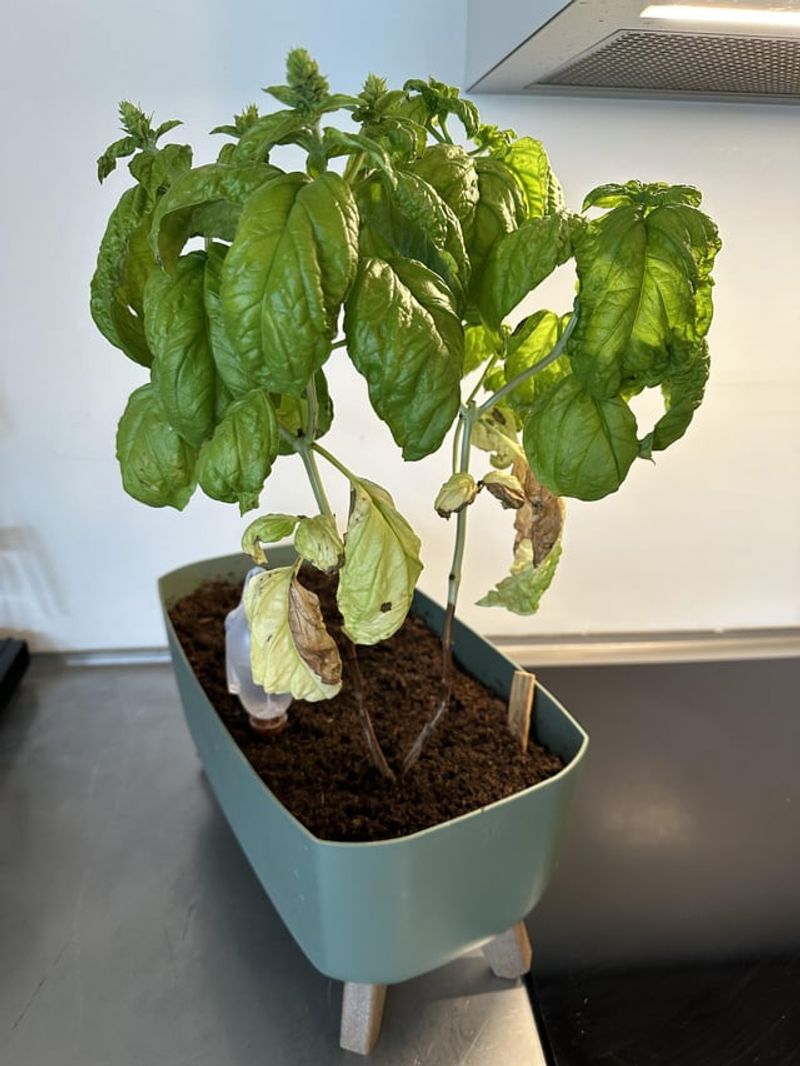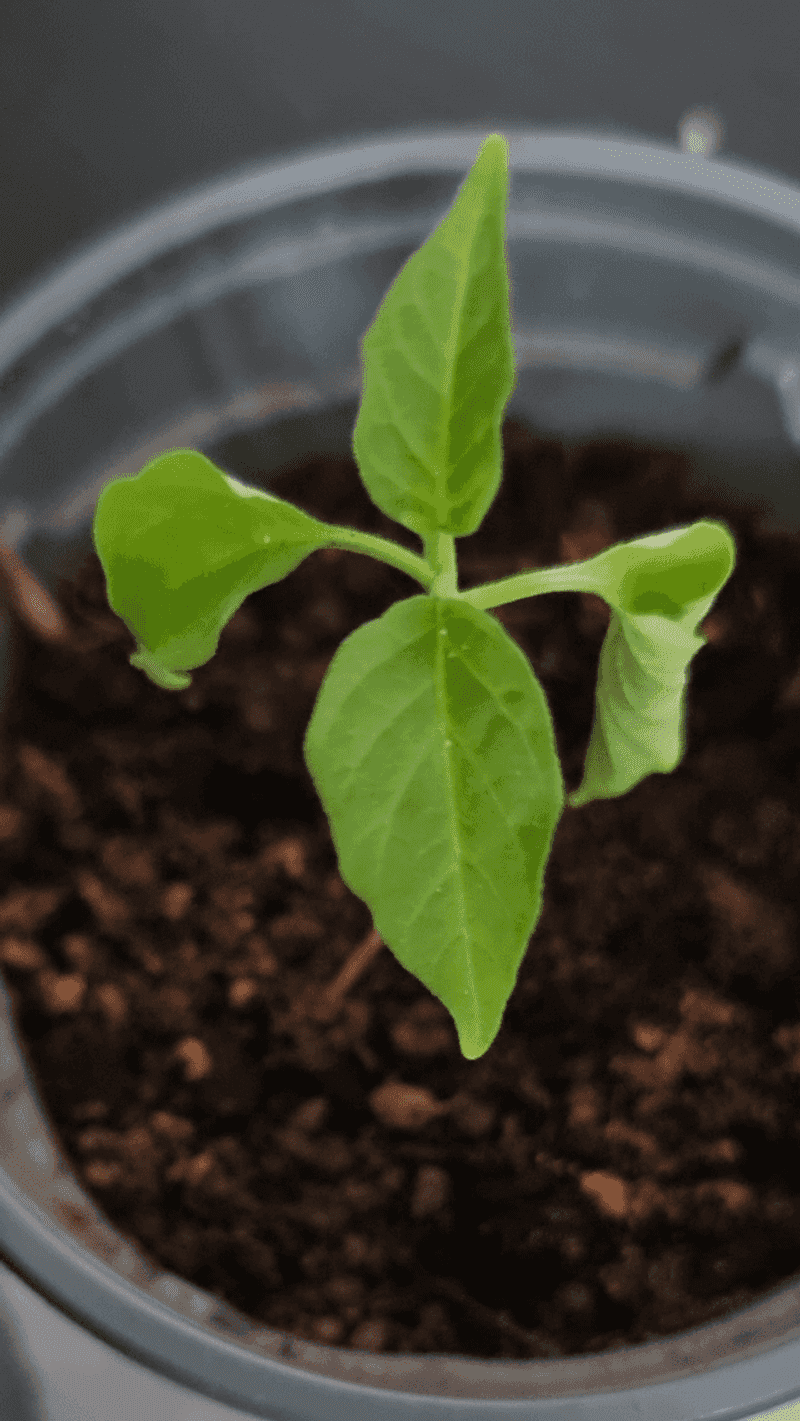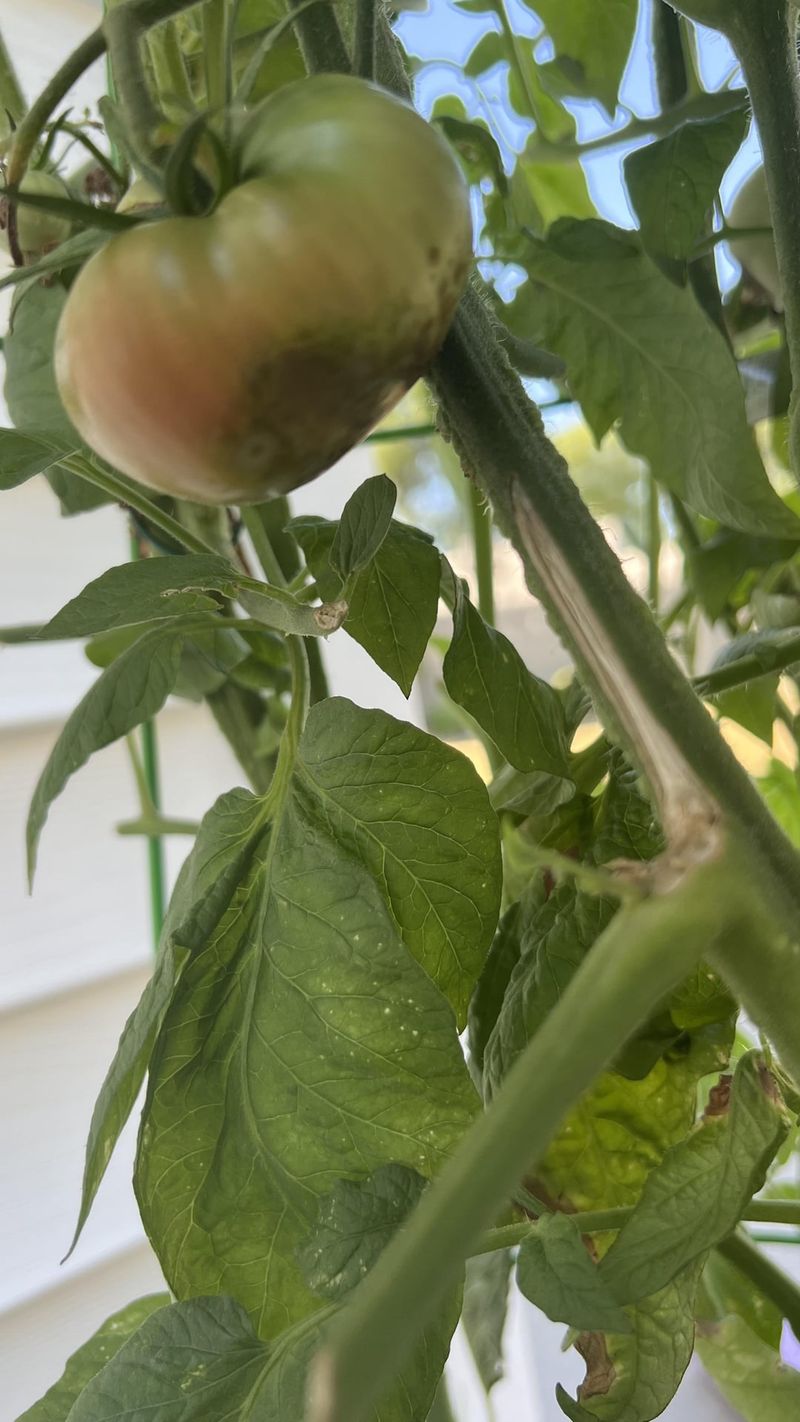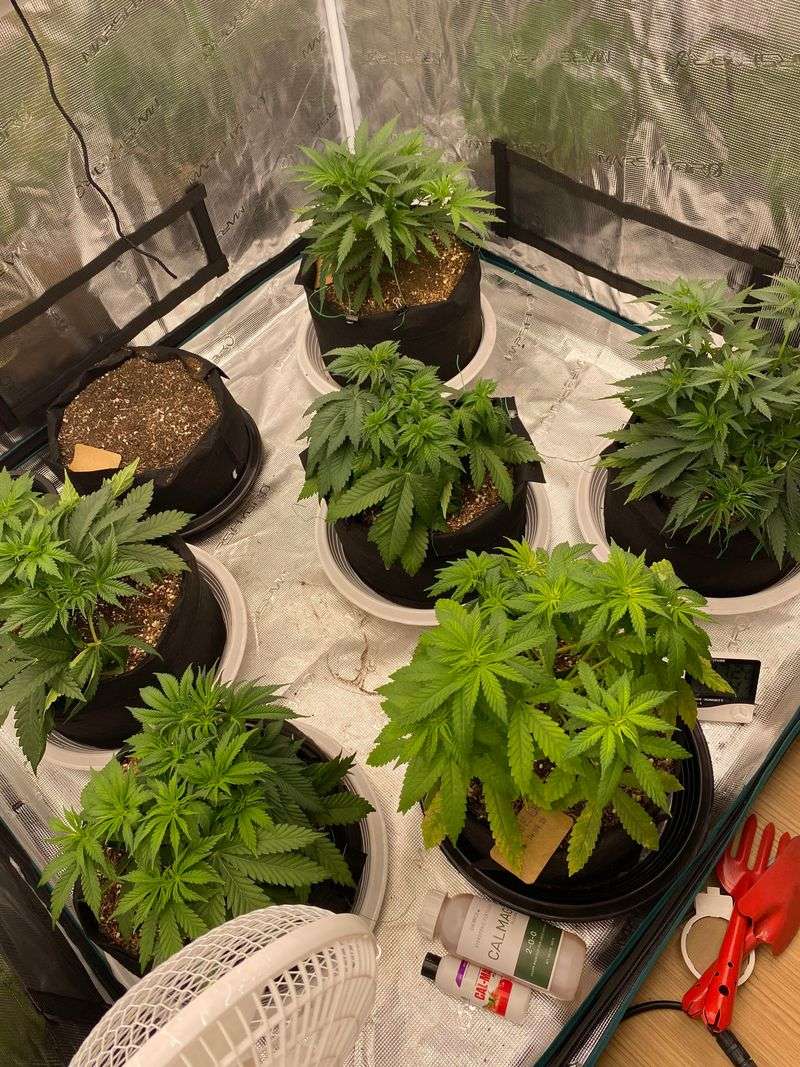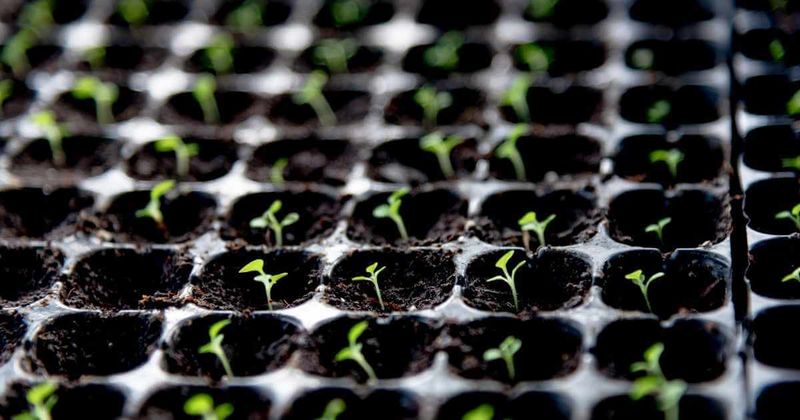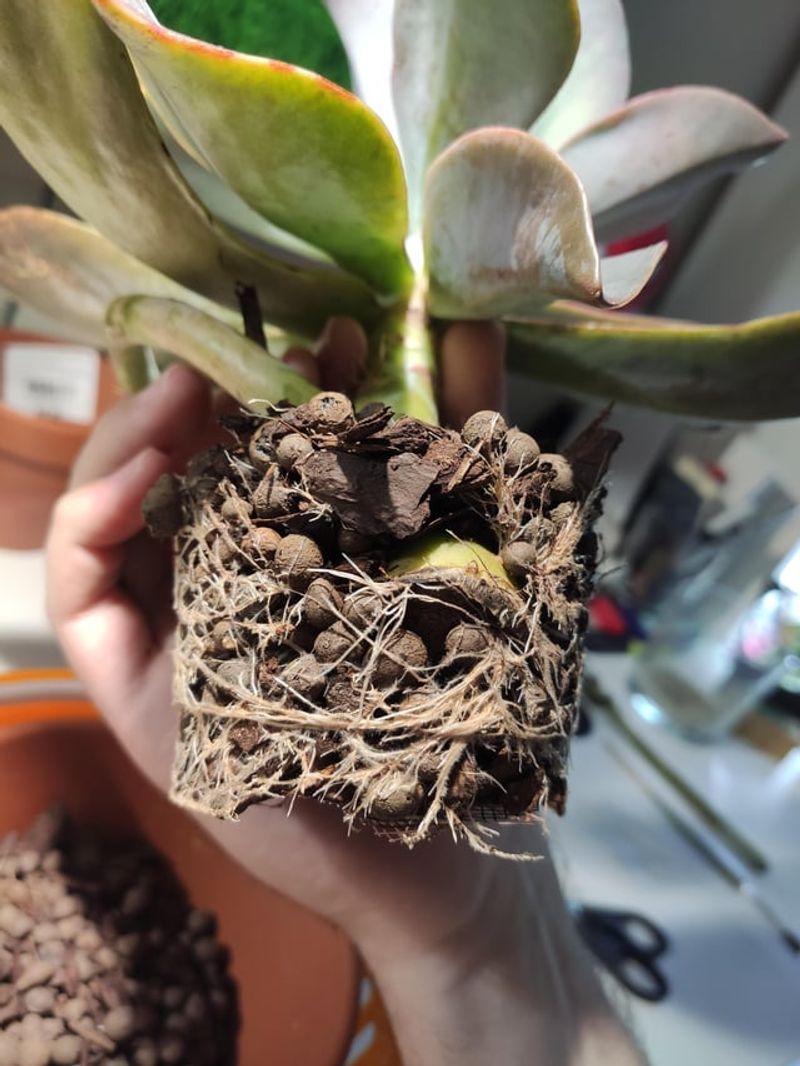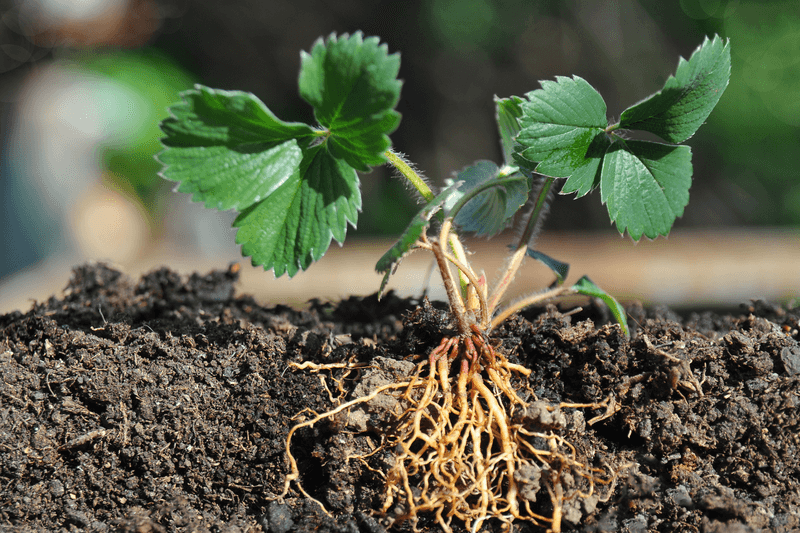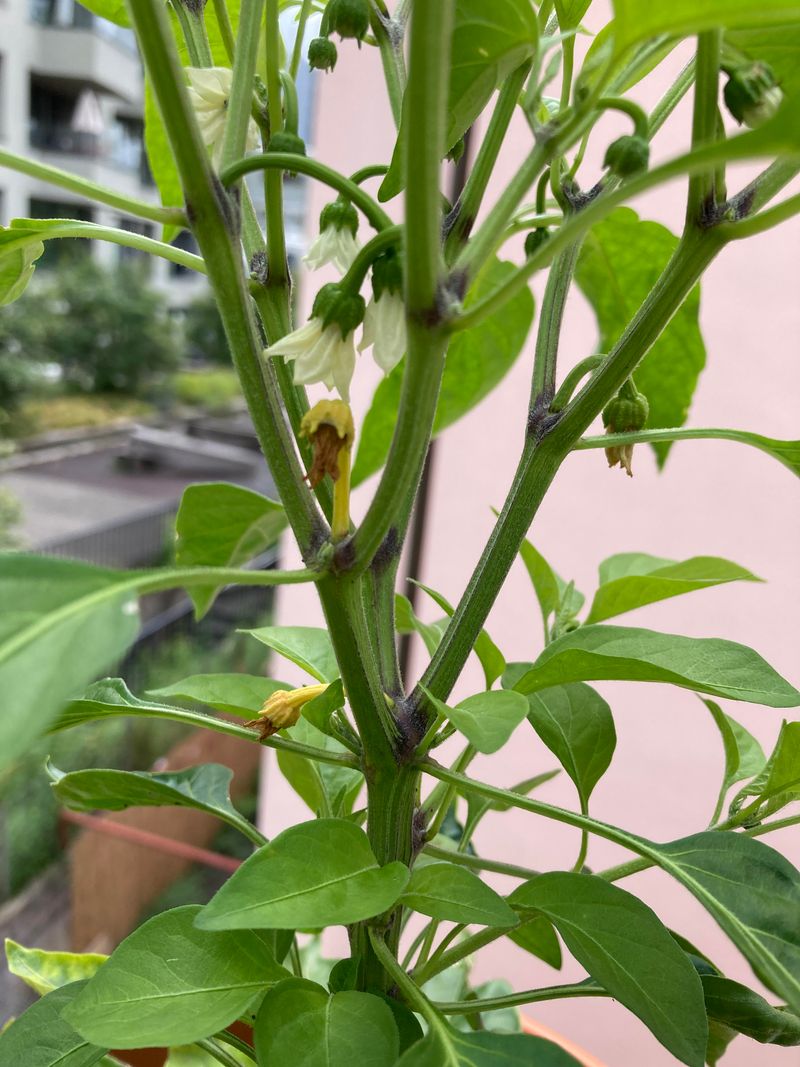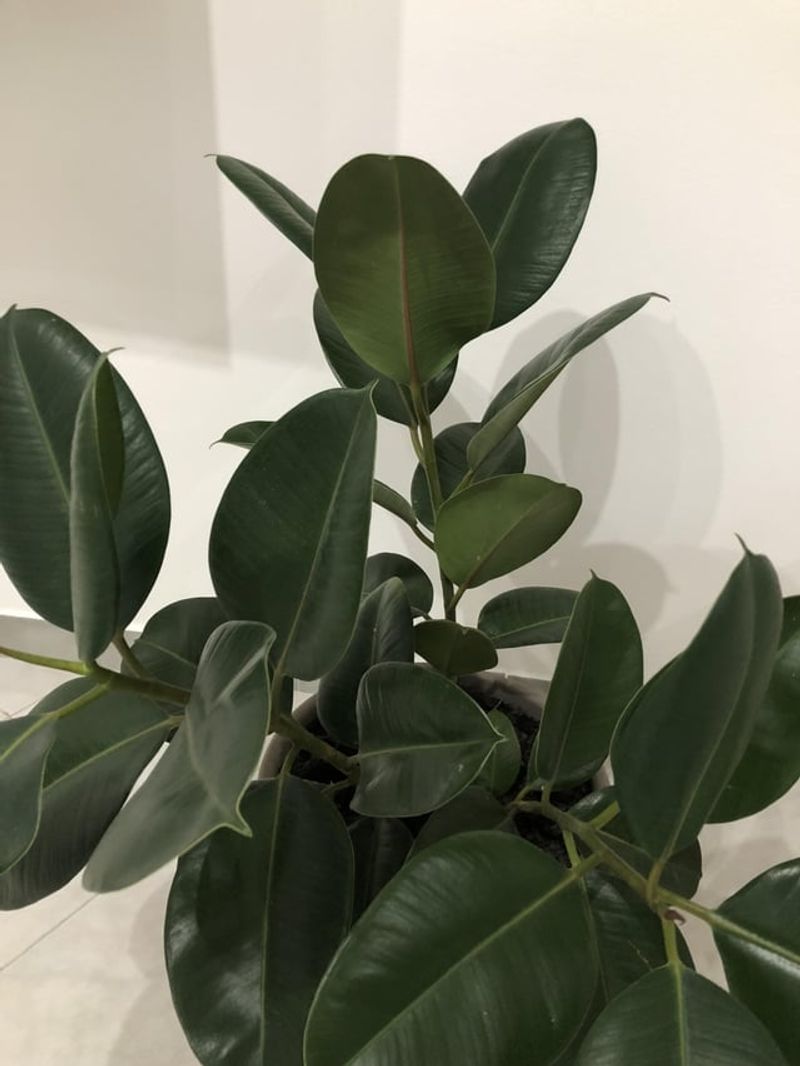Fertilizing your plants can feel like a guessing game. One day they’re basking in the sun, looking as happy as can be. The next, they might be giving you subtle hints that they’re hungry for a nutrient boost.
It’s like they’re whispering, “Hey, I could really use a snack!” But how do you know when it’s the right time to sprinkle some magic fertilizer dust? Here are the signs that your plants are ready for a nutritional pick-me-up.
Whether you’re a seasoned gardener or just starting with your first potted friend, these clues will guide you in keeping your greenery thriving.
1. Leaf Yellowing
When leaves start turning yellow, it’s like your plant waving a tiny flag saying, “Help, I’m lacking nutrients!” While it’s a common sign, it’s crucial not to jump to conclusions too quickly.
Yellow leaves can mean different things, but often it’s your plant’s way of telling you it’s hungry. It’s best to assess the situation.
Check if it’s getting enough light or water. If all else seems fine, then a nutrient deficiency is likely. A balanced fertilizer can often do the trick, turning those yellow leaves back to a nice green.
2. Stunted Growth
Notice your plant hasn’t grown an inch in weeks, despite all your TLC? It could be crying out for a feeding session. Stunted growth is a classic sign that your plant might not be getting the nutrients it needs to flourish.
It’s like expecting a puppy to grow on a diet of breadcrumbs. Evaluate the growing conditions first: enough light, proper watering schedule?
If everything checks out, but growth is still stagnant, it’s time to try a gentle fertilizer. A little boost in nutrients can often set your plant back on its upward journey.
3. Pale Leaves
When the leaves lose their deep green hue and look almost ghostly, your plant is probably saying, “I’m missing some key nutrients here!” Pale leaves are often a sign of nutrient deficiency, particularly nitrogen.
Just like us humans need our vitamins, plants need their essential nutrients to maintain their health. Before panicking, ensure your plant isn’t receiving too much direct sunlight, which can also cause bleaching.
Once sunlight exposure is ruled out, a well-balanced fertilizer rich in nitrogen should help bring back that healthy green color.
4. Brown Leaf Tips
Ever notice those brown, crispy tips on your plant’s leaves? It’s like the plant’s way of saying, “I’m thirsty for nutrients!” This can be a sign of salt buildup in the soil or nutrient deficiency.
Start by checking your watering habits and ensure the soil drains well. If everything’s in order but those tips remain stubbornly brown, your plant may need a fertilizing boost.
A little attention to its dietary needs can work wonders, reviving those crispy tips back to their normal state.
5. Dropped Leaves
If your plant is shedding more leaves than a tree in autumn, it’s worth investigating. Leaf drop can often indicate nutrient deficiencies, especially if the plant seems otherwise healthy.
While occasional leaf drop is normal, excessive loss can be your plant’s way of saying, “I’m not getting what I need!” Before reaching for the fertilizer, check for pests or changes in the environment.
If these aren’t the culprits, a balanced fertilizer might be the solution to stop the leaf fall and encourage regrowth.
6. Weak Stems
Ever had a plant that looks like it’s auditioning for a role as a wilting flower? Weak, drooping stems could be a plea for nutritional support.
This issue often stems from a lack of potassium, which helps plants build strong cell walls. Ensure your plant is getting enough sunlight and isn’t overwatered.
If everything seems in check, a potassium-rich fertilizer might be the secret ingredient your plant needs to stand tall again, with robust, healthy stems.
7. Slow Flowering
It’s always exciting to see the first blooms of the season, but what if your plant is taking its sweet time? Slow or sparse flowering can be a sign that your plant is longing for a nutrient boost.
Flowering plants require a lot of energy, and a lack of phosphorus can slow down the process. Check your plant’s position for adequate light and ensure it’s not overwatered.
If blooming is still slow, a fertilizer high in phosphorus can encourage more flowering, fulfilling your plant’s blossoming dreams.
8. Faded Flower Colors
When those once-pretty petals start looking a little washed out, it might be a sign that your plant needs a little extra love in the nutrient department.
Faded flower colors often indicate a deficiency in key nutrients like magnesium or sulfur. Ensure your plant isn’t getting too much direct sun, which can bleach colors.
If the light isn’t the issue, a balanced fertilizer can help restore those bright, eye-catching hues. Think of it as giving your plant a little makeover, bringing back its natural beauty.
9. Unusual Leaf Spots
Spots on leaves can be a bit like plant pimples, often caused by a lack of essential nutrients. If your plant starts developing unusual leaf spots, it’s worth considering a fertilizing regimen.
While some spots can be due to pests or disease, nutrient deficiencies often manifest as spots or discoloration. First, rule out other potential culprits.
If everything checks out, a nutrient-rich fertilizer might be just what your plant needs to clear up those spots and regain its health.
10. Poor Bud Development
Buds that aren’t developing properly can be like a mystery waiting to be solved. If your plant’s buds are slow to open or seem stunted, it might be time to consider feeding it.
Poor bud development is often linked to nutrient deficiencies, particularly phosphorus. Ensure your plant has sufficient light and isn’t overwatered.
If conditions are right and bud development is still lacking, a phosphorus-rich fertilizer can give your plant the push it needs to bloom fully, ensuring those buds open beautifully.
11. Decrease in Leaf Size
Small leaves on your plant can be their way of waving a tiny flag for help. When leaves shrink in size, it’s often a sign they’re not getting the nutrients they need.
It’s like trying to grow a garden with just a sprinkle of seeds—there’s not enough to thrive. First, make sure your plant is receiving adequate light and water.
If everything is properly balanced, a fertilizer rich in micronutrients can help restore normal leaf size, giving your plant the beautiful look it deserves.
12. Root Rot Susceptibility
Root rot is like a sneaky villain that can wreak havoc on your plants. If you notice your plant’s roots are soggy and unhealthy, it may be more vulnerable due to insufficient nutrients.
Healthy plants with well-fed roots are far less susceptible to rot. Check your watering habits and ensure the pot has good drainage.
If root rot is a concern, a balanced fertilizer can strengthen your plant’s defenses, improving root health and resilience against this common threat.
13. Foliage Dullness
Dull foliage is like your plant’s way of saying, “I could use a little pick-me-up.” Healthy plants usually have a natural sheen, while dull leaves can indicate a lack of nutrients.
Ensure the plant is receiving enough light and isn’t waterlogged. If these conditions are optimal and the foliage still lacks luster, it might be time for a nutrient boost.
A balanced fertilizer can help bring back that healthy glow, revitalizing your plant’s overall appearance.
14. Wilting Despite Watering
Ever watered your plant only to find it still looking wilty? It’s like giving someone a glass of water when they’re really hungry for a sandwich.
If wilting persists despite adequate watering, it could be a sign of nutrient deficiency. Ensure the plant isn’t overwatered and has sufficient drainage.
When watering alone doesn’t perk it up, a balanced fertilizer might be the missing ingredient your plant needs to regain its vitality, standing tall and strong again.
15. Leaf Curling
Curling leaves can feel like your plant’s way of curling up and saying, “I’m not happy!” This might indicate a nutrient deficiency, often potassium or phosphorus.
Make sure your plant isn’t exposed to drafts or excessive heat, which can also cause curling.
If environmental factors are stable, a nutrient-rich fertilizer can help your plant uncurl and relax, bringing back its healthy, open leaves.
16. Reduced Fruit Production
If your fruit-bearing plant is producing fewer fruits than expected, it might be asking for a meal. Reduced fruit production often points to a lack of essential nutrients, particularly potassium.
Ensure your plant has enough sunlight and the soil isn’t waterlogged.
If fruiting is still sparse, a potassium-rich fertilizer can encourage more abundant fruit production.
17. Interveinal Chlorosis
Interveinal chlorosis is like a plant’s version of a highlighter, showing you where nutrients are lacking.
When the spaces between leaf veins turn yellow while the veins remain green, it’s a sign of nutrient deficiency, often iron. Ensure your plant isn’t stressed by environmental factors like poor drainage.
If conditions are optimal, a fertilizer rich in micronutrients, especially iron, can help restore normal coloration, ensuring your plant’s leaves are healthy.
18. Delayed Seed Germination
Watching seeds refuse to sprout can be frustrating. Delayed germination might be a sign that they lack necessary nutrients.
Ensure the seeds are planted in suitable soil and maintained at the right temperature.
If germination continues to lag, a gentle, nutrient-rich fertilizer designed for seedlings can give them the kick-start they need, encouraging healthy growth from the get-go.
19. Weak Root System
A weak root system can be a plant’s way of showing it needs a little dietary help. Roots are the foundation of plant health, and a lack of nutrients can result in weak, fragile roots.
Ensure your plant is in well-draining soil and receives adequate water.
If root health is still a concern, a balanced fertilizer can strengthen the root system, providing a solid foundation for the entire plant.
20. Irregular Growth Patterns
Plants that grow in irregular patterns might be trying to tell you something. Uneven growth can indicate nutrient imbalance, often related to nitrogen.
Ensure your plant isn’t stressed by environmental factors like uneven lighting.
If growth continues to be erratic, a nitrogen-rich fertilizer can help even things out, encouraging more consistent and uniform growth.
21. Premature Flower Dropping
When flowers drop prematurely, it’s like your plant is hinting, “I’m just not up to it.” This can often be traced back to a lack of nutrients, particularly phosphorus.
Make sure your plant has enough light and isn’t overwatered.
If flowers continue to drop too soon, a phosphorus-rich fertilizer might provide the encouragement needed for those blossoms to stay put and brighten your garden.
22. Brittle Leaves
Brittle leaves can be a sign that your plant is on the edge of a nutrient famine. When leaves crack and seem fragile, it’s often due to a lack of essential nutrients like calcium.
Ensure your plant isn’t exposed to harsh conditions or inconsistent watering.
If brittleness persists, a balanced fertilizer can restore flexibility and health to the leaves, ensuring they’re as robust as they should be.

